Do you know how your customers feel about your company? What about your products and service offerings or the support they get from your team? If you’re not keeping track of customer satisfaction, you’re missing out on prime opportunities to increase revenue and business growth.
Maybe you think that tracking customer satisfaction isn’t necessary because your customers will say something if they have a problem. Unfortunately, that’s not true — an overwhelming 91 percent of unhappy customers who are non-complainers simply stop buying from your brand. So silence is anything but golden when it comes to customers, and focusing on measuring and improving customer satisfaction is critical.
In this guide, we walk through the ins and outs of customer satisfaction. Check out the chapter synopsis below to get a sneak peek, then keep scrolling to get great insights to inform your own customer satisfaction efforts.
Chapter synopsis
- Introduction.
- What is customer satisfaction? Get a clear definition of customer satisfaction, what it encompasses, and the benefits you can expect from it.
- Measuring customer satisfaction. Find out about important metrics and useful ways you can gauge customer satisfaction.
- How to get customer feedback. Learn how customer feedback ties into customer satisfaction; plus, read about several methods you can use to get important customer insights.
- Improving customer satisfaction. This chapter walks through several ways you can put smiles on your customers’ faces and make them happier.
- Customer satisfaction software. What kind of tools can support your customer satisfaction efforts? Discover several relevant options in the final chapter.
Remember to bookmark this guide for later reference.
What is customer satisfaction?
Customer satisfaction is the measure of how patrons of your brand think and feel about your products, services, and business as a whole.
Do customers love the products you offer and can’t imagine a world without them? Do they like your products but think there’s room for improvement? What kind of sentiment do customers have toward your brand?
“Discovering the answers to these types of questions is valuable because you need insight into how well you’re doing in the eyes of the customer,” says Joseph Lucco, director of customer success at ClearPoint. “After all, customers are the source of your revenue.”
The importance of customer satisfaction
Why is customer satisfaction important? When customers aren’t happy, your company will feel the impact. According to the American Express Global Customer Service Barometer, 33 percent of consumers would consider switching companies immediately after experiencing poor service. Chances are you don’t want customers flying out the door, so making customer satisfaction a priority is a must.
You can also see the importance of customer satisfaction when analyzing survey results. The input your customers provide can help you improve multiple areas of your business:
- Products. You may think your product is perfect, but customers who use it every day may identify flaws or safety concerns you didn’t consider. Or they may use the product in ways you didn’t expect. In any case, insights from your customers can help inform modifications to your product design or inspire a new product altogether. In some cases, you may even decide to retire a product.
- Services. Your customers may interpret some parts of your company’s services, such as consulting, in ways you didn’t intend. For example, customers may want more — or fewer — options in their service experience.
- Marketing. When attempting to get attention and convince consumers to buy from you, your verbiage is extremely important. You have to speak your audience’s language to connect with them. Surveying prospects and customers can help you understand not only how they talk, but also their pain points.
- Operations. Do you stay open from 9 a.m. to 5 p.m.? Would customers frequent your business more if you stayed open until 6 p.m.? Surveying customers can help you determine whether to adjust your business hours, employee scheduling, internal processes, and other relevant aspects of your business.
3 benefits of high customer satisfaction
1. Brand loyalty
It’s a well-known fact that it costs more money, time, and resources to attract a new customer than to keep one you have. Besides, the longer a customer sticks around, the more money they’re likely to spend. These are both logical concepts, but how do you actually improve brand loyalty?
Microsoft’s 2017 State of Global Customer Service Report notes that a staggering 96 percent of consumers say customer service is an important consideration for their brand loyalty. Providing solid service, then, is a surefire way to retain customers over the long term. If you’re interested in useful strategies to ensure great service, check out this article.
2. Word of mouth
The impact of strong customer satisfaction extends beyond the individual. Happy customers share their experiences and feelings about your company with their family, friends, and professional peers.
In this manner, your customers can influence people who may have never heard of your brand. This primes untouched prospects to be more easily persuaded when first interacting with your brand. Essentially, your customers are doing (free) marketing for you.
3. Social proof
When marketing to prospects, one of the best ways to convince them to buy from you is social proof. This is typically in the form of a customer testimonial or product review. Words from your existing customers have power, as alluded to in the previous benefit.
When you survey customers, try asking an open-ended question on how they feel about your product or company. Then ask for their permission to use their answers for marketing purposes. With their words, you’ll be able to give would-be customers an authentic view of your brand.
Now that we’ve laid the foundation of customer satisfaction, let’s move onto measuring it.
Measuring customer satisfaction
As you learned in the last chapter, customer satisfaction is the key to unlocking several business benefits. But why is it important to measure customer satisfaction?
Gabrielle Shultis, head of client success at Nectafy, says it’s crucial to understand whether customers are happy and satisfied with your products and services. The only way to gauge that satisfaction is to measure it.
“If customers aren’t happy,” she explains, “and you don’t provide the means for them to share that with your team, you won’t know something is wrong until it’s too late — and you’ll lose them as a customer.”
When you create a product for customers, it must meet their needs. If you aren’t in touch with what they need, you’ll miss the mark. And while there’s much to be said about getting to know your customers before you ever get to the design stage, you also need to measure their satisfaction with what you’ve created after they use it.
“When we measure customer satisfaction, we use what customers tell us to inform not only our product priority, but also how we design products altogether,” says Emilie Pires, VP of communications at Zeni.
“If we’re hearing the same thing from a handful of customers,” she continues, “we investigate further to verify how many customers feel the same way. We use that feedback to make improvements.”
Shultis agrees with this sentiment — measuring customer satisfaction can give you the information you need to address customer concerns and make internal improvements. “The info can definitely help you course correct, and my company has done that many times to improve the customer experience. But you can also use what you learn from customers to confirm that your team is on the right path.”
Customer satisfaction metrics
When measuring customer satisfaction, there are several customer satisfaction KPIs you can turn to, depending on your needs:
- The customer satisfaction (CSAT) score measures a customer’s satisfaction with your company’s products and services.
- The customer effort score (CES) measures how easy it is for a customer to interact with a brand. These interactions include resolving an issue with a customer service agent, buying or returning a product, getting a question answered, and more.
- The customer service satisfaction (CSS) score looks at how satisfied customers are with your support levels. This metric is usually based on a particular interaction a customer has with your team.
- The net promoter score (NPS) measures customer experience, customer loyalty, and customer brand perception. Namely, NPS looks at how likely a past client is to recommend your business to others.
How to measure customer satisfaction
Shultis and Pires describe several useful ways to gauge customer satisfaction:
- Verbal. Simply ask a customer how things are going during a face-to-face or virtual meeting. “You can start a valuable dialogue and let them share their thoughts or bring up any concerns. Then you can get with your team to address those concerns,” Shultis explains.
- Emails. Sending a quick email is a great way to check in with customers and provide an opportunity for them to voice their happiness or discontent. “You can send an email in lieu of verbal outreach if a meeting isn’t possible or was canceled,” says Shultis.
- Surveys. More formal than the preceding methods, sending surveys can be a great way to measure customer satisfaction. Shultis says it’s “one of the most effective methods. Plus, it’s easy for customers and your team if you use the right software.”
- Calls. Sometimes you need more than a quick chat, but getting a customer on the phone to measure their satisfaction might be a tough sell. Still, Pires says it’s not impossible. Her team asks customers at the end of surveys to book a 30-minute call to provide additional insights.
“Surprisingly, about 50 percent of customers agree,” Pires says. “But we don’t just ask them questions. We also answer questions they have, and walk them through anything they find confusing. We try our best to deepen the relationship.”
Whichever method you choose, Shultis emphasizes the importance of measuring customer satisfaction on a regular basis and using the same method consistently. Whether you use an email, a survey, or a combination of methods, be sure to build a cadence with the customer so they know what to expect and when.
“For example,” Shultis says, “we send out a happiness survey to customers on the first of every month, reflecting on activity from the previous month. Our customers know to expect this and how to respond.”
Shultis says her team decided on monthly surveys because “a lot can happen in 30 days.” Sending surveys any more frequently than once per month would likely annoy customers. However, an annual or even biannual survey isn’t as effective because customers are liable to forget details of their experience several months back.
“Monthly worked best not only because of timing, but it also coincides with our monthly reporting efforts,” she says.
Next up we tackle how to get customer feedback.
How to get customer feedback
Measuring customer satisfaction goes hand in hand with gathering feedback. Getting commentary and opinions from customers on your products, services, and brand experience can not only clue you in on customer satisfaction levels, but also give you important insights into product quality, brand perception, and more.
But how do you go about getting feedback? Below, we walk through several methods you can use to get customers to share their thoughts about your brand.
5 methods to get customer feedback
1. Social media reviews
Today’s consumers are highly connected through social media channels like Facebook, Instagram, and Twitter. If your business doesn’t have a page on one or more of these platforms, you could be missing out on valuable marketing opportunities and opinion gathering.
People tend to express how they feel on social media, so you’re likely to get honest feedback about your company. Just keep in mind it may skew toward the negative, though it can still help identify areas of improvement.
Platforms like Facebook have a review section where customers can share their ratings and leave comments about a business. You can scan this section to gauge customer satisfaction and identify potential areas to rectify — both with that customer specifically and within your business.
Lucco notes another way to use social media. You can offer support through channels like Twitter to not only help customers but also garner feedback. The platform is a popular choice for businesses to reach customers in a place they already frequent and are comfortable with.
“One thing to keep in mind about social media though,” says Lucco, is that “it tends to be more useful for B2C brands than B2B brands. Companies that target everyday consumers from a noncommercial perspective typically garner more engagement and social activity.”
2. Online customer reviews
Pires says if you offer software solutions, software review sites like G2 and Capterra are great places to get customer feedback. Since they are third-party sites, customers are more likely to offer honest reviews than when prompted directly by you or your team.
“It’s important to have a presence on such sites as you move out of the startup stage,” says Pires. “It’s not only good for representation and awareness, but also for getting insightful customer feedback to continually improve your product.”
3. Website reviews
Are you tracking customers or visitors on your website? If not, doing so could help you identify when it’s best to prompt them to provide feedback. For example, you may want to get feedback from any visitor who is on your site longer than a certain amount of time.
Feedback from site visitors can offer a different perspective, as they may not yet be customers. But their feedback may provide insight into why that is.
For example, visitors may think it’s difficult to sign up for a free trial or find some of your website copy confusing. A well-timed popup with a question about their website experience could be the key to addressing these concerns and keeping visitors on your site.
Customer tracking can also inform you about visitors who are already customers. In that case, you can get their feedback using an embedded form like this one, which focuses on collecting reviews and testimonials.
4. Live chat
“Today’s customers tend to prefer live chat over channels like email and phone,” says Lucco. “Customers love convenience, and live chat is quick and easy. They can multitask while chatting with a representative.”
Lucco’s team uses live chat as another opportunity for getting customer feedback. After every chat, customers are presented with a brief survey about their chat experience. “We track what customers are asking or commenting about,” Lucco says. “From their feedback, we’re then able to figure out whether there are gaps in training or self-service support.”
Lucco also offers a few live chat best practices:
- Keep it real. Avoid using just a bot to chat with customers. Most people want to interact with a real person.
- Keep pre-chat prompts to a minimum. If you want to gather some preliminary information from customers, don’t bog them down with too many questions. Delays can downgrade the customer experience.
- Represent your brand appropriately. Live chat is more casual, but always keep conversations professional and on brand. This includes using correct grammar.
5. Customer satisfaction survey & questionnaires
Using a customer satisfaction questionnaire is a great way to get customer feedback in a structured manner. Lucco says it’s important to know your audience and your goals when designing the survey.
“What are you trying to learn or improve about your business?” he asks. “The answer will help develop the right survey questions.”
Pires adds that with customer satisfaction surveys, less is more. “Figure out what you want to know and develop as few questions as possible to get the most important insights,” she recommends.
You can also take your survey to the next level by using Jotform Tables, a solution that enables you to collect, organize, and manage data in one workspace. For example, you can send a survey to your customers, and their responses will automatically populate this customer feedback log. You can share the log with your team, controlling who can view and edit it accordingly.
Now that you know how to get customer feedback and better gauge customer satisfaction, let’s review a few ways to improve it.
How to improve customer satisfaction
After going through the trouble of measuring customer satisfaction and getting feedback, the logical next step is improving customer satisfaction.
Back in Chapter 2, we covered the numerous benefits of having a high level of customer satisfaction. But even if you’ve already achieved that goal, you can’t stop there. Continuous improvement in this area is crucial to maintain your current customers’ loyalty over the long term and bring in a steady stream of new customers.
How exactly can you improve customer satisfaction? Every customer is different, and what works for one may not work for another. But there are a few tactics that tend to have a universally positive impact on customers; four of the best ones are listed below.
How to increase customer satisfaction: A four-pronged approach
1. Deliver great customer service
You’ve likely heard and read about how great customer service can make a big impact on your relationships with customers. That’s because it’s true. Customer service ties in more closely with revenue than many people believe — Salesforce data indicates that 67 percent of consumers would pay more for great customer service and experiences.
What does great customer service look like? Not surprisingly, it’s the simple things. For example, listening to customers is a key method of improving customer satisfaction. Customers want to feel like their concerns are heard and like they are valued. This could be as simple as letting customers ask your team questions, or giving them the floor to explain issues they’re facing with your product or service.
“It also helps to be proactive,” says Shultis. “Don’t wait until your next check-in or monthly survey to make sure all is well. Try to gauge your customers’ feelings and needs based on every interaction you have with them, whether on phone calls or through emails.”
Shultis says it’s helpful to stay in the loop with other team members who have had interactions with customers. Something may have come up during one of their calls or chats that needs to be explored.
“Whenever and however a customer indicates something is off, be sure to home in on the issue,” she says. “Clearly identify it, and work with your team to brainstorm solutions that improve your customer’s satisfaction.”
2. Provide multichannel customer service
It’s not enough that you have great customer service. You also need to provide customers with multiple means of receiving that service. Multichannel customer service ensures that customers can reach out to your team to resolve issues or get answers in a way that works for them.
Whether through live chat, email, phone, or otherwise, it’s about keeping the lines of communication open.
“Make communication with you and your staff as convenient as possible for your customers,” Shultis emphasizes. “They should be able to reach your team however they feel most comfortable. There should be little to no friction in addressing their needs, even if they just have a quick question.”
For example, your team may be big on customer surveys. However, some customers have an aversion to surveys, finding them annoying and time-consuming. The same may go for emails. Keeping call options open ensures that every customer has the means to get in touch in their preferred manner.
Pro Tip
Great customer service isn’t just about being responsive—it’s about being consistent, timely, and personal in every interaction. With Jotform’s Gmail Agent, teams can automatically draft replies to incoming emails using AI trained on their tone, FAQs, and past conversations.
3. Reward customer loyalty
Loyal customers not only tend to spend more with companies they like, but they are also more likely to spread the word about them. That’s why it pays to reward that loyalty.
For example, Shultis sometimes sends a gift to clients if it’s within budget. “It’s often unexpected, such as a random gift in July. We don’t necessarily wait for a major holiday, as we just want to thank our clients for choosing us. We’ve gotten really good feedback about it, especially because the gift is unexpected. Customers feel appreciated and valued, and we definitely see how it positively impacts customer satisfaction.”
4. Create a personalized customer experience
A Salesforce report notes that 80 percent of customers say the experience a company provides is just as important as its products or services. Shultis says her years of working directly with customers confirms this sentiment.
“It’s not always about what the customer has purchased,” she explains. “Sometimes it’s about the interactions surrounding that purchase and subsequent usage. Customers want to not only feel valued but also special.”
Beyond gifting, Shultis says you can make customers feel special by creating a personalized customer experience. For her customers, this means putting their relationship on the right path from the first interaction.
“I make it clear I’m here to help them however and whenever they need,” she says. “I focus on making them feel like the only client, not one of many. For example, if they need to talk outside our normally scheduled meeting slot, I’ll make time. This small gesture means a lot to them.”
Our last chapter explores different customer satisfaction software tools you can use to help measure and improve customer satisfaction.
Customer satisfaction software
Throughout this guide, you’ve built a solid foundation of knowledge about customer satisfaction — what it is, how to measure it, and how to improve it. All that’s left is to learn about useful customer satisfaction software that can help you get a handle on your efforts. The tools below are a great place to start.
Pro Tip
Enhance customer satisfaction with Jotform AI Agents by providing personalized, conversational AI interactions that streamline support workflows and reduce response times.
5 value-packed customer satisfaction software solutions
1. Jotform for surveying
Jotform is an easy-to-use form builder that enables you to survey customers quickly and in an organized manner. Instead of creating a survey from scratch, choose from dozens of pre-built customer satisfaction surveys to save time.
You can customize form templates to your liking, including changing or adding questions and giving the form a similar look and feel as your other brand assets. And speaking of questions, you can tailor the format however you see fit with the following question types:
- Fill in the blank
- Single choice
- Multiple choice
- Star rating
- Scale rating
- Table
Additionally, Jotform Tables helps you take surveying to the next level. With it, you can collect, organize, and manage your survey data in one place. Your survey responses auto-populate your tables with submission data. If you have responses from other sources, you can import CSV or Excel files or simply enter them by hand. You can search and filter your submission data, perform calculations, and invite teammates to collaborate within the workspace.
Pro Tip
Enhance your customer relation channels with an AI phone answering system for quicker and more efficient support.
2. Zendesk for support
Zendesk enables multichannel customer service support, including messaging, live chat, social media, email, and voice. You can add messaging and live chat to your website, so communication is seamless for prospects and customers, whether they have a quick question about one of your products or an issue with a recent order.
You get a centralized workspace in Zendesk that helps you keep up with customers across channels. The idea is to give you and your team the contextual information you need to provide a personalized customer experience. You can even assign a customer conversation to a different team member.
Zendesk has several integrations, including one with Jotform. Recall those form submissions from your surveys? You can automatically convert them into tickets in Zendesk. That way, you can quickly address support requests, customer feedback, and more.
3. Simplesat for surveying
Simplesat is another customer satisfaction software tool that provides surveying capabilities, only it focuses specifically on the CSAT and NPS metrics. You can embed CSAT surveys in closed ticket notifications and email templates, gather NPS feedback through timely emails, or distribute surveys on a one-off basis as needed.
If you’re hungry for customer responses, you can also take advantage of automated follow-up reminders that ping customers who haven’t taken a survey yet.
There are several question formats you can use, including open-ended questions, sliding scales, and multiple choice. Plus, you and your team can configure custom notifications for certain types of survey results, such as receiving only negative ratings.
4. HelpDesk for support
HelpDesk is another ticketing system that helps you manage your customer support efforts. Customer requests from different sources — emails, web forms, etc. — are automatically turned into tickets in one centralized location.
Searching and filtering are key features of HelpDesk. You can group tickets based on specific filters and create custom ticket lists, as well as tag and organize tickets according to your criteria. HelpDesk also provides automation capabilities, such as automatically assigning tickets to specific team members and preparing canned responses to common questions.
5. Custify for growth
Custify bills itself as customer success software for SaaS businesses. The company has multiple products that cater to different customer-focused needs: product adoption, customer life cycles, defining and assessing KPIs, identifying growth and upsell opportunities, and automation.
For example, you can use Custify to track product adoption in real time to see when a customer has decreased their usage. You can then reach out to customers at the right time to stave off churn. You can also get automatic reminders to reach out for growth opportunities, such as when a customer trial is about to expire so you can increase trial-to-paid conversions.
Any of the above tools can help on your customer satisfaction journey. Using a combination of these tools would be even more beneficial, especially the Jotform and Zendesk combo. You can tackle both surveying and customer support in one go, and give your customer satisfaction a valuable boost. Get started by building your first survey today.
Meet your customer satisfaction guides
Emilie Pires
Emilie Pires is the VP of communications at Zeni, the all-in-one finance automation platform for startups. She has 10+ years of experience in PR, communications, and marketing for venture-backed startups. Pires holds a bachelor’s degree in public relations and communications from California State University, Chico.
Gabrielle Shultis
Gabrielle Shultis is the head of client success at Nectafy. She helps the growth content company consistently deliver success to clients. She’s slightly obsessed with planning and being organized, which helps her perform well in her role.
Joseph Lucco
Joseph Lucco is the director of customer success at ClearPoint. He manages the customer team and ensures support and implementation processes help clients be successful. He earned his bachelor’s degree in public policy studies and economics from Duke University. When Lucco isn’t assisting clients, you’ll probably find him and his wife getting their favorite Friday night treat, District Taco.




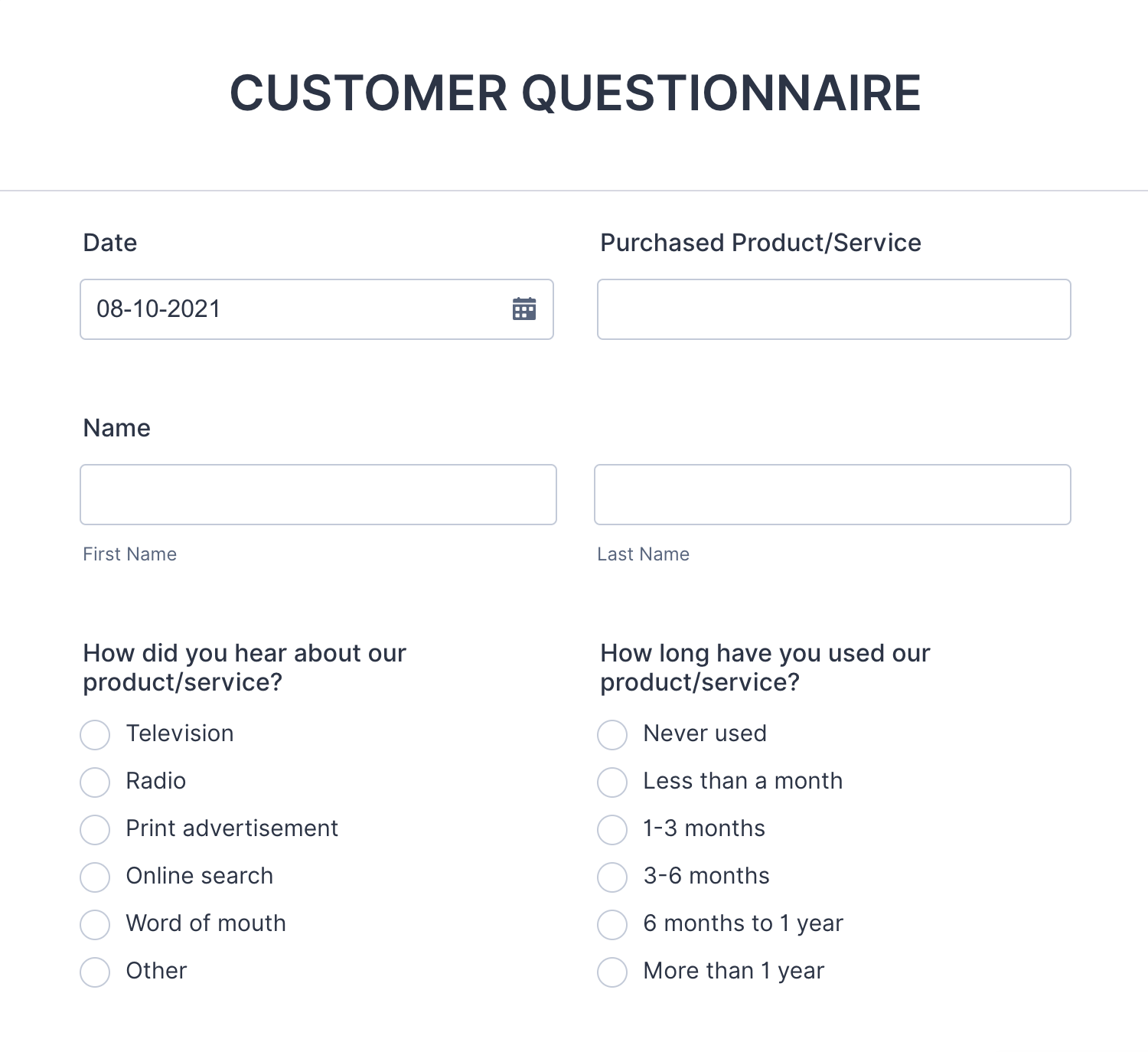

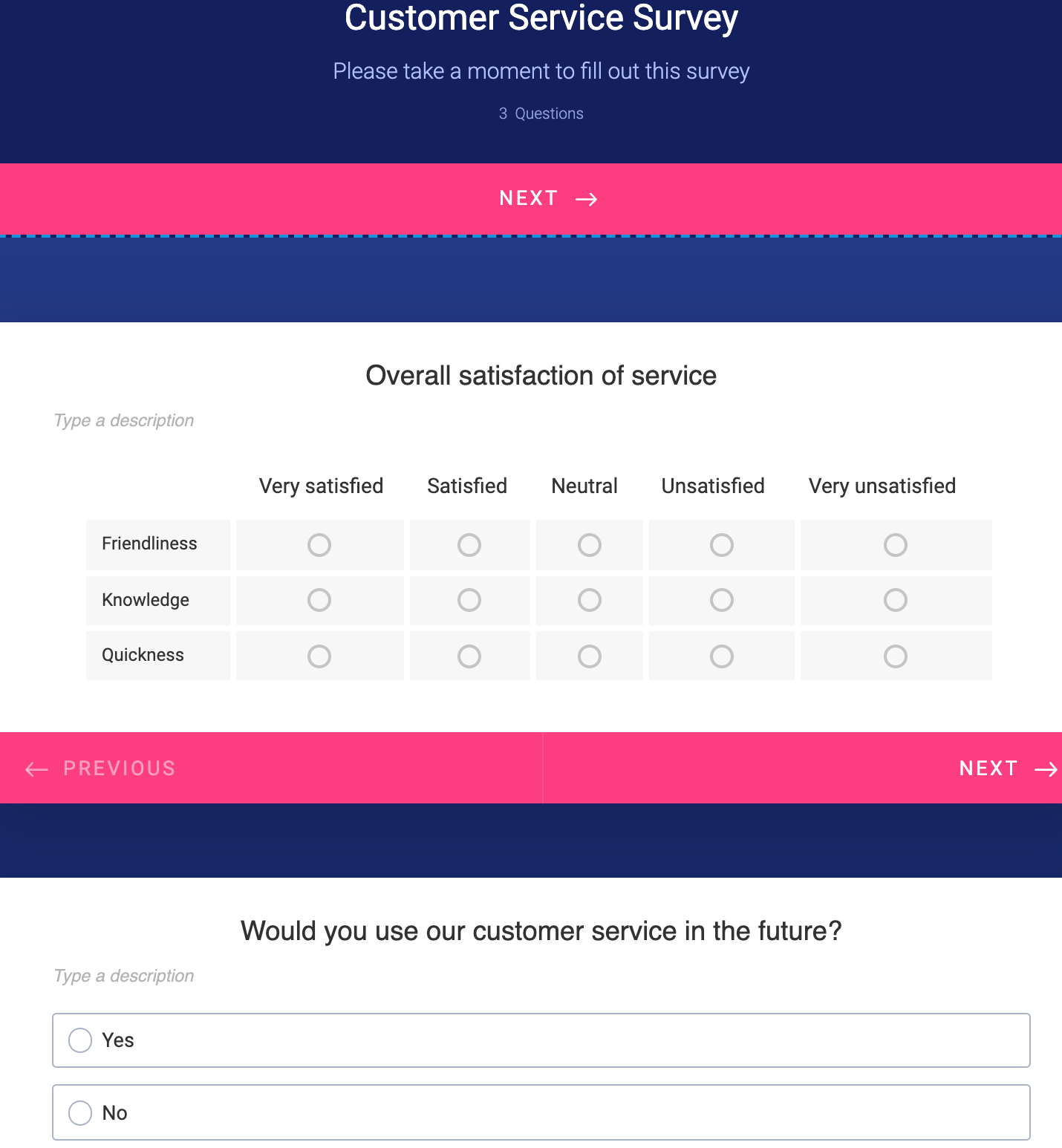
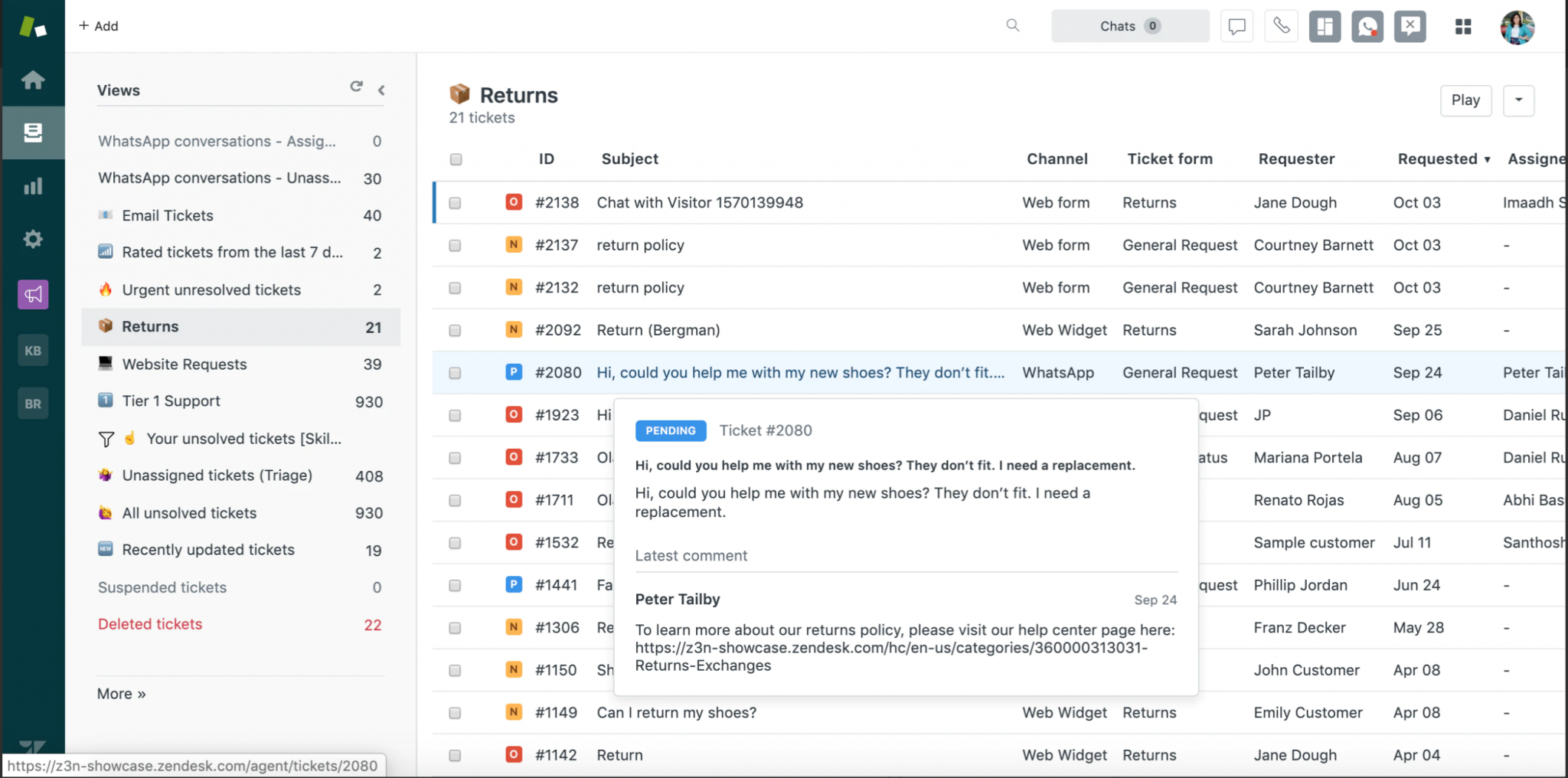
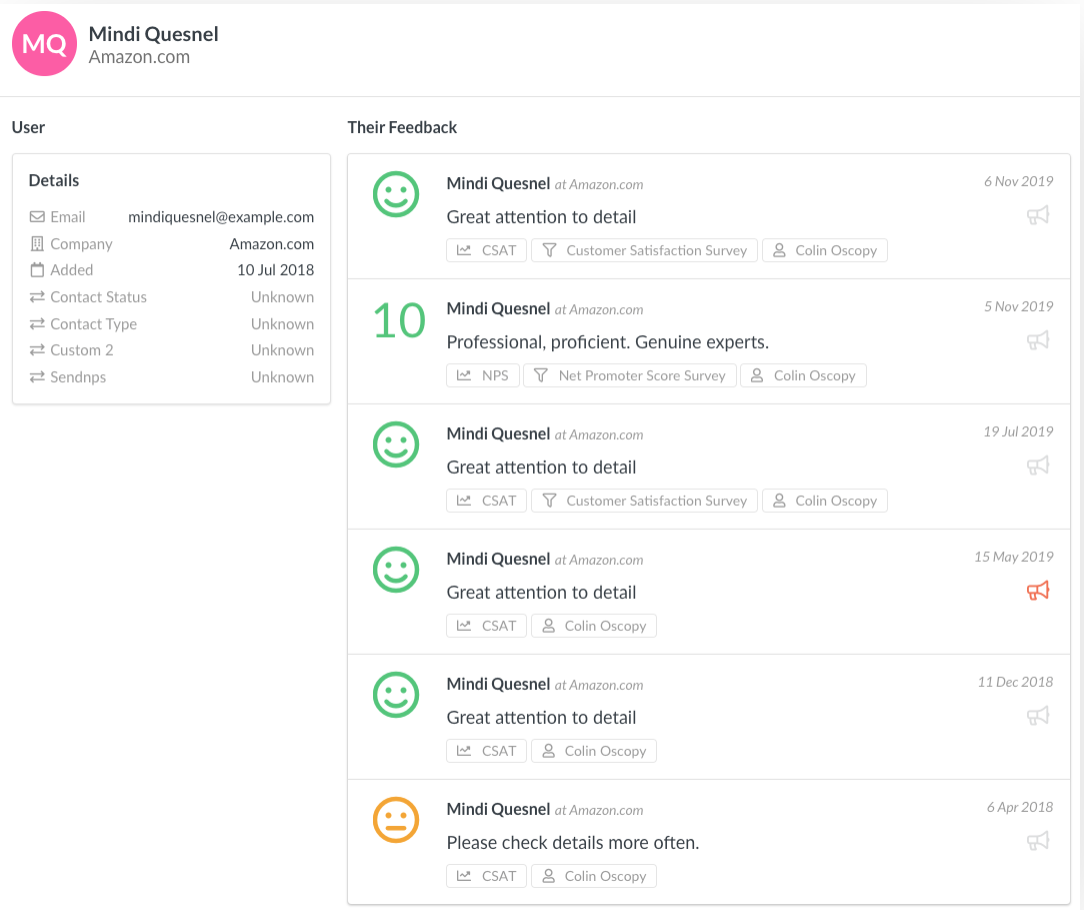
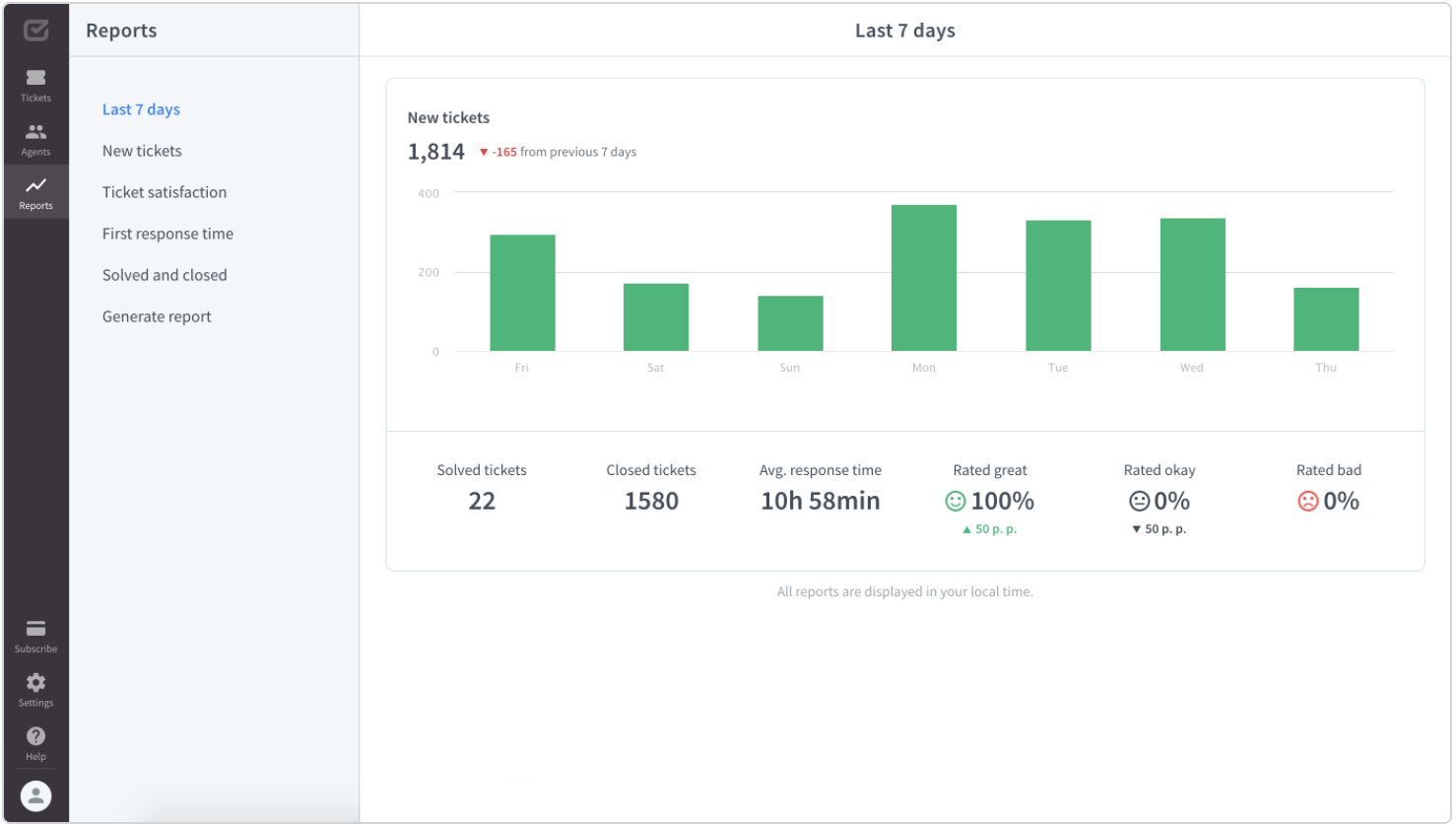

















Send Comment: